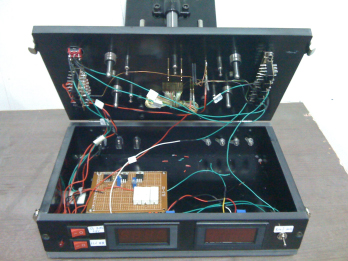
With most high-volume printed circuit assembly being sent outside the United States, we have a unique challenge for testing the lower volume/high turnover assemblies domestically. However, with a little planning and the right contract manufacturer (CM), test does not need to be an issue.
Here is the challenge: The U.S. market mainly is comprised of higher technology/lower production quantity assemblies. In many cases, incircuit bed of nails testing is not an option due to development time and cost, not to mention the difficulty associated with finding a place for 30–40 mil test points. These same test points also create significant EMI concerns for most electrical engineers. The challenge is to find a way to thoroughly test a fully populated circuit in a timely, cost-effective way, without compromising signal integrity.
Depending on the technology, the challenge can be as simple as making minor design changes, which actually can happen at the Ger ber level versus requiring a significant revision to the board in question. First let’s conquer the simple. For analog, RF, and lower technology digital boards, the approach is the simplest. Typically, straightforward flying probe test is the answer. The better EMS companies use a dual-sided flying probe tester as shown in Figure 1. For this test approach, the test engineer simply asks that the vias not be covered with soldermask, which can be a simple change handled at the CAM/Gerber level. Because flying probe testers can generally test a via with a 20 mil pad and a 10 mil hole, the holes do not need to be plated shut. Depending on the test coverage, the test department may recommend adding vias, assuming the design can handle it from an electrical perspective.